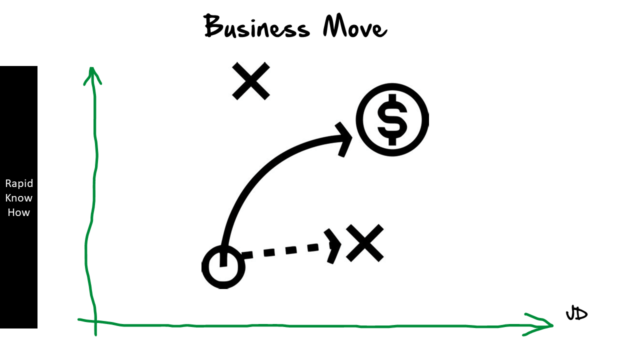**Needs**
The industrial gases sector is a critical component of the global economy, powering industries from healthcare to manufacturing. However, like many sectors, it faces significant challenges in managing and leveraging the vast amounts of data it generates. This data, if harnessed correctly, can provide valuable insights into operational efficiency, customer behavior, market trends, and more. The need for effective big data solutions in the industrial gases sector is therefore clear.
**Solution**
Big Data analytics is the solution to this pressing need. It involves the use of advanced analytic techniques against very large, diverse data sets that include structured, semi-structured and unstructured data, from different sources, and in different sizes from terabytes to zettabytes.
In the context of industrial gases, Big Data analytics can be used to analyze a wide range of data – from production and distribution data to customer usage patterns. For instance, predictive analytics can help forecast demand for different types of gases across various industries and regions. This can help companies optimize their production schedules and distribution networks.
Moreover, Big Data analytics can also help improve safety and compliance. By analyzing historical incident data along with real-time operational data, companies can identify potential safety risks and take proactive measures to mitigate them. Similarly, by tracking and analyzing compliance-related data, companies can ensure they meet all regulatory requirements.
**Action**
To leverage Big Data analytics in the industrial gases sector, companies need to take several key steps:
1. **Data Collection**: The first step is to collect relevant data from various sources – production systems, distribution networks, customer systems etc.
2. **Data Integration**: The collected data needs to be integrated into a unified platform where it can be easily accessed and analyzed.
3. **Data Analysis**: Companies need to use advanced analytic tools and techniques to analyze the integrated data and derive meaningful insights.
4. **Insight Application**: The insights derived from the data analysis need to be applied in decision-making processes – from production planning to safety management.
**Conclusion**
In conclusion, Big Data analytics holds significant potential for the industrial gases sector. By effectively collecting, integrating, analyzing, and applying data, companies can gain valuable insights that can help them optimize operations, improve safety, ensure compliance, and ultimately drive business growth. However, leveraging Big Data analytics requires a strategic approach and investment in the right tools and skills. Companies that are able to crack the Big Data code will undoubtedly gain a competitive edge in the increasingly data-driven industrial gases market.




